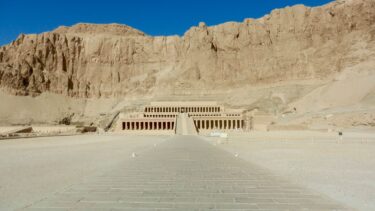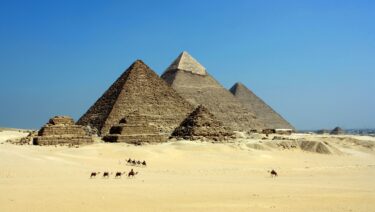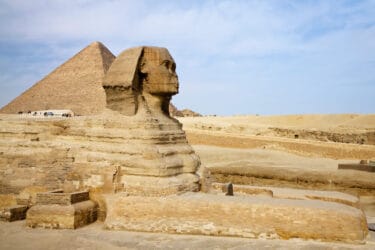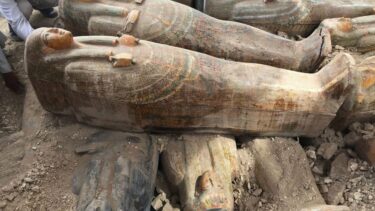Are you feeling a bit stuck inside these days? Tempted by the thought of the Land of the Pharaohs on a luxury Egypt tour? We’re all too familiar with that sentiment. With the novel coronavirus keeping the world’s travelers on lockdown, we’ve been restricted to conjuring up daydreams of walking in the shadow of the Great Sphinx, strolling through the pylons at Karnak, and sailing down the serpentine Nile.
We don’t mean to tease too much with these suddenly forbidden vistas—but we do bring some great news! While we console ourselves with wondrous visions of ancient Egypt tours, work is underway to carefully relax the current restrictions on tourism and hospitality in Egypt—and throughout the countryside, archaeological work continues almost unabated, providing new discoveries and novel insights into the enigmatic world of ancient Egypt. Let’s take a look at all the new developments in Egyptian archaeology in 2020, and the changing state of affairs at the government level that will help you get there to experience a guided tour of Egypt all the sooner.
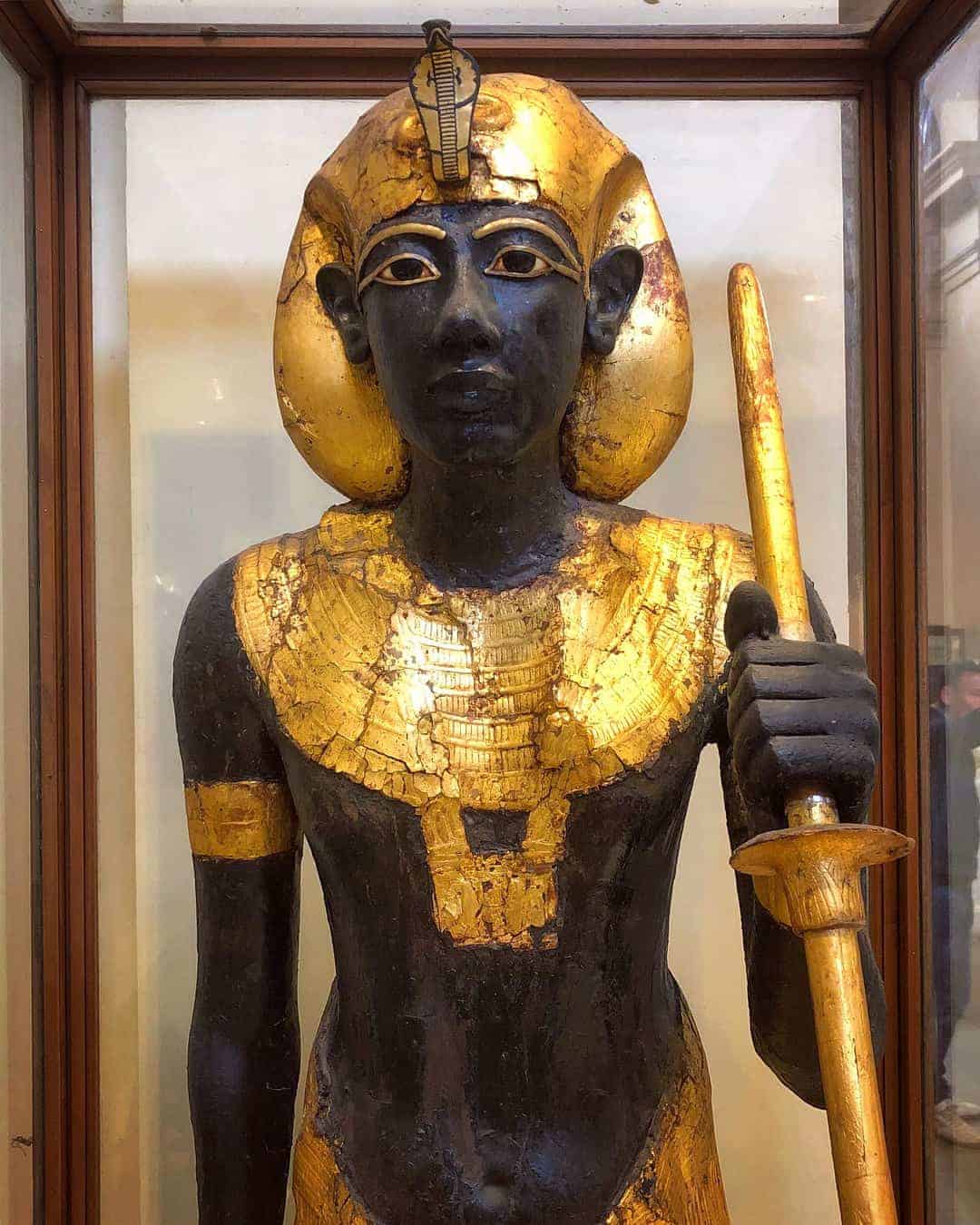
Egypt Easing Tourism Restrictions
With the coronavirus spreading across the globe, the Egyptian government was one of many to enact tight restrictions on commerce and social activity in order to mitigate the contagion’s transmission. Forced closures of popular tourist sites, hotels, and restaurants have had serious impacts on Egypt’s hospitality and tourism sector—a national revenue stream representing some US $12 billion annually, or around 15% of the country’s GDP. Have a look at the virtual tours of Egypt.
Now, with an optimistic eye to the future and under the guidance of the Ministry of Health, the cabinet started allowing for a gradual reopening of tourism sites and services—started on May 15th, 2020, with granting limited access for Egyptian residents who are eager to play tourists in their own hometowns.
For the first few weeks, hotels and cruise ships will be allowed to conduct business at up to 25% of their guest capacity, with the goal of expanding to their full capacity in the following weeks if all goes well. To help ensure that hopeful result, this preliminary opening comes with a set of requirements that each business must fulfill.
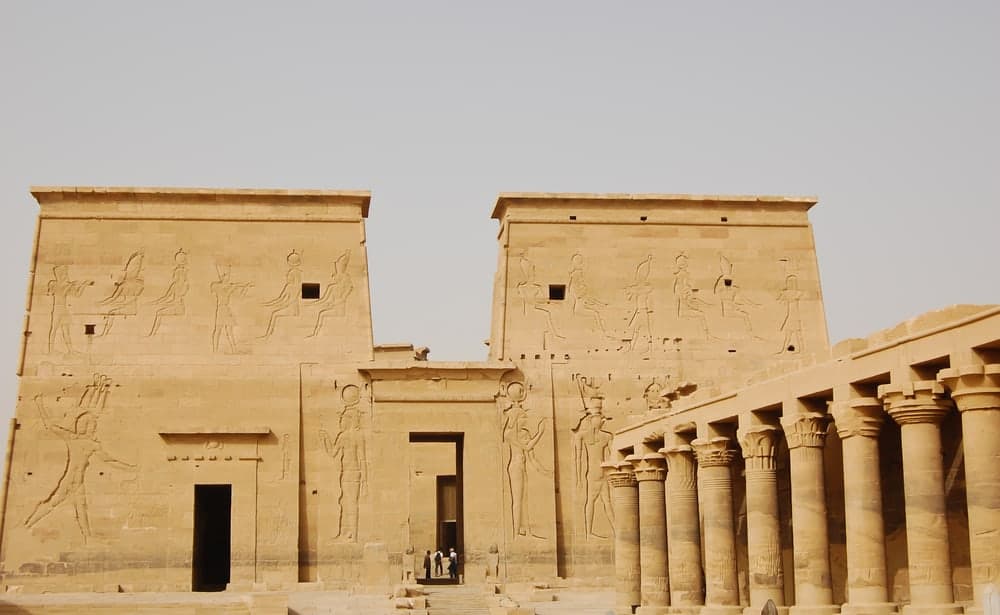
All hotels and cruise ships must assess guests’ temperatures before check-in and then regularly thereafter to ensure that they are not exhibiting the feverish symptoms commonly associated with the virus. Staff temperatures must also be taken on a structured schedule for the same reasons. Each hotel and cruise ship in Egypt must have a doctor in-house to monitor any potential patients and to make certain that all procedures are being followed scrupulously and thoroughly. Doctors will remain in regular contact with the Ministry of Health to report conditions and remain up to date on treatments, procedures, and precautions. Within each hotel and cruise ship, a designated area must be set aside for any clients or staff who may be exhibiting any symptoms of the novel coronavirus, where they will be treated under the supervision of the in-house doctor. Strict preventative measures will also be in place—social distancing of at least six feet must be practiced at all times and in all places, from hotel lobbies to cruise ship decks to restaurants and cafes. In order to maintain this level of precaution, large parties like weddings, engagements, and conventions will not be hosted at this time.
With careful monitoring and strict adherence to the guidelines laid out by the Egyptian Ministry of Health, we remain hopeful that these endeavors will play out successfully and safely—and that you’ll be able to join us for the best Egypt tour as soon as possible.
In the meantime, while many of us have been stuck at home with those delayed dreams of traveling to Egypt, archaeologists and Egyptologists have continued much of their work relatively undeterred by the circumstances of the day—busy digging up the stuff that those travel dreams are made of. From the ongoing digs in the Valley of the Kings with its amazing tombs and excavations in Saqqara to the piecing together of already unearthed knowledge, there are a lot of exciting things happening in the world of Egyptian archaeology in 2020. Let’s take a look at some of the developing highlights that could await you on a luxury Egypt tour.
Ancient Books and Happy Accidents
The year in Egyptian archaeology opened on January 2nd with a new chapter in literary history: the long-awaited identification of the world’s oldest known illustrated “book,” previously recovered in 2012 from a burial shaft in Dayr al Barsha. A manual of sorts to the afterlife called the “Book of Two Ways,” this piece of ancient writing is not found scribbled on parchment nor written on paper—neither of which would survive the text’s 4,000-year interment—but rather etched and painted onto the walls of a wooden sarcophagus. Given the fragile state of the wooden coffin, it took years to ascertain the content and the age of the writing, now recognized as the oldest of its kind. As a precursor to the much-referenced “Book of the Dead,” the spells in this earlier volume were similarly meant to guard and guide the deceased on their way to and through the underworld.
Just days later in the village of Dandit, further north between Cairo and the Mediterranean Sea, a much less focused and patient finding was unexpectedly underway—a trio of hieroglyphic-bearing stone blocks were accidentally discovered during the construction of a sewage system. Made of alabaster and limestone, the blocks were found a little more than 10 feet underground, where fragments of ancient pottery were also recovered. Digging has ceased and the site is now under study by the Supreme Council of Antiquities to determine the extent and nature of this entirely new and exciting excavation.
Mummies and More in Minya
Located some 150 miles south of Cairo, the Minya Governorate has become known as a hotbed of archaeological activity in recent years, producing many rewarding digs since 2018. Most recently, in early 2020, a series of sixteen communal tombs dating to the Late Period (4th to 7th century BC) was uncovered, yielding an absolute cornucopia of ancient Egyptian artifacts.
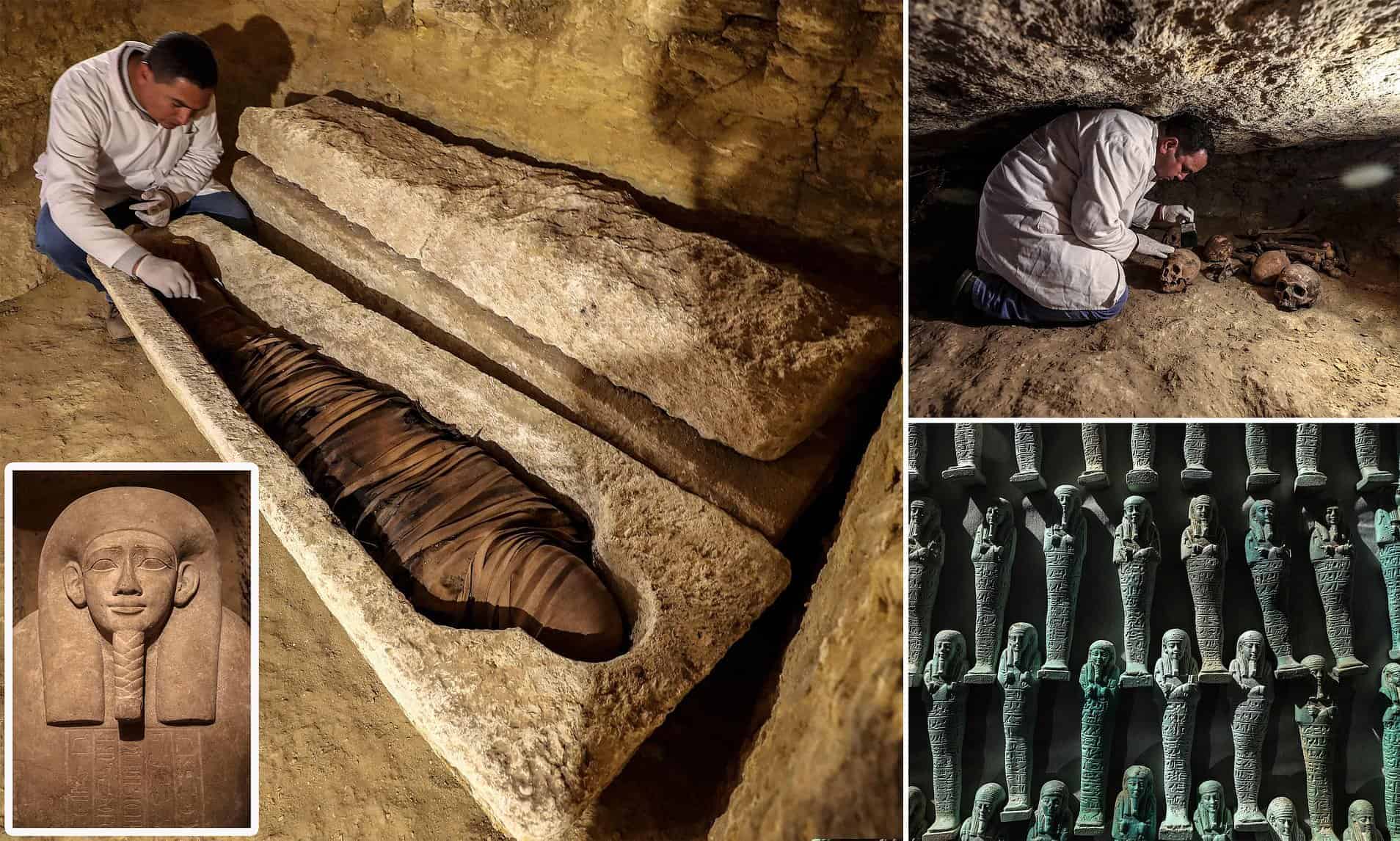
Twenty mummified bodies were found in as many sarcophagi and coffins in the newly unearthed tombs in Tuna al-Gabal, now determined to have been built for high priests of the gods Thoth and Djehuty. Some are composed of engraved limestone and others of decorated wood. Many of the various coffins bear the names of their occupants—others show elaborate religious artwork, like the widespread wings of the sky goddess Nut. Sets of alabaster and limestone canopic jars, important containers used in mummification rituals, were found among numerous other pottery vessels evidently used for similar funerary purposes. Over seven hundred amulets, in shapes evoking golden scarabs and winged cobras, lay within the tombs, along with a stunning 10,000 blue and green faience ushtabi figurines—small ceramic fetishes frequently buried with the deceased to act as servants, helpers, and protectors in the afterlife.
Burials Before the Pharaohs
On February 12th, Egypt’s Secretary-General of the Supreme Council of Antiquities, Dr. Mustafa Waziri, announced the discovery of 83 pre-pharaonic graves in the northern Dakaliya region. Dating back to around 4,000 BC, these graves show Egyptian burial practices from before the time of the pharaohs and speak to a higher prehistoric population in the region than once thought. The modest tombs, presenting as simple circular pits, contain archaeologically significant finds—the area’s first discovery of rare clay coffins, showing burials in a unique squatting position alongside stonework pots that once held kohl cosmetics.
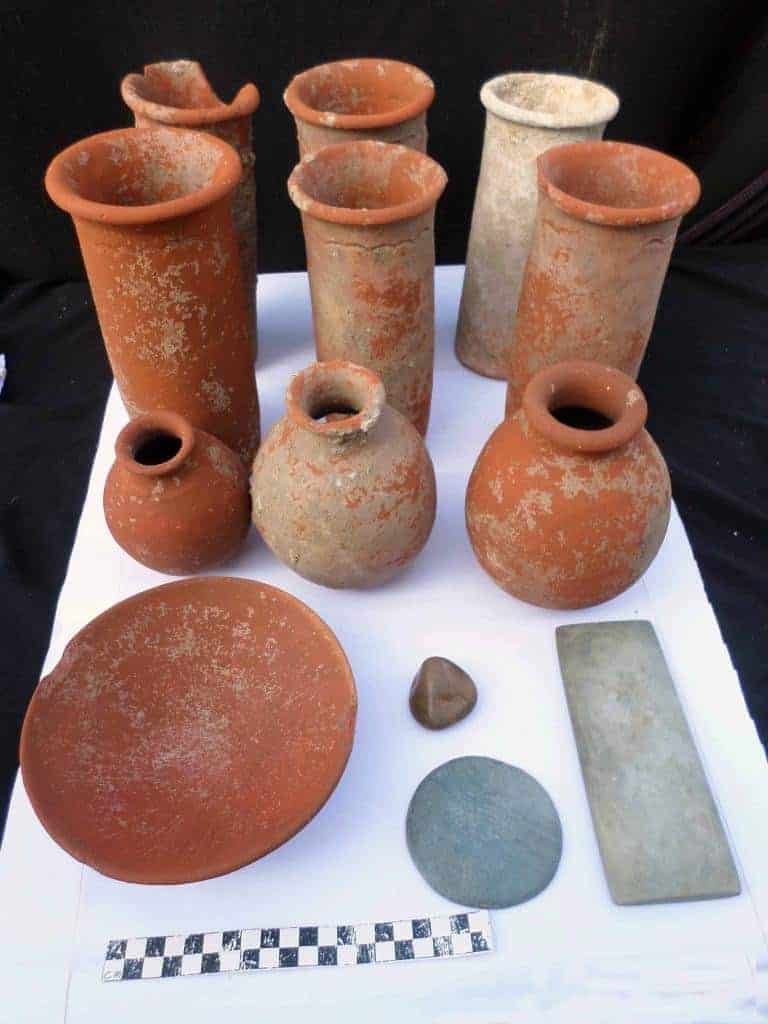
Under the Sands of Saqqara
As the revered necropolis of the ancient Egyptian capital city of Memphis, the sacred grounds at Saqqara were in near-constant use for over 3,000 years. From the era of the Early Dynastic Period, roughly 3100 BC, to times of Roman rule in Egypt, Saqqara remained a cult center, holy ground, and final resting place for royals, nobles, commoners, and animals alike. Ruins of venerable monuments mark the landscape here, from the time-worn terraces of Djoser’s Step Pyramid to the beautifully embellished Mastaba of Ti.
While these above-ground sites garner most of the tourism attention, active archaeological work in Egyptology is taking place well below grade.
In April of 2020, Egypt’s Ministry of Tourism and Antiquities announced the discovery of five stone sarcophagi and four wooden coffins—complete with mummified remains—within a subterranean shaft at the sacred animal necropolis within Saqqara. Buried under almost 30 feet of sand, the large relics were accompanied by over 300 faience figurines, small statuettes of the composite deity Ptah-Sokar-Osiris, and a wooden obelisk still boasting painted scenes of the goddesses Nephthys and Isis.
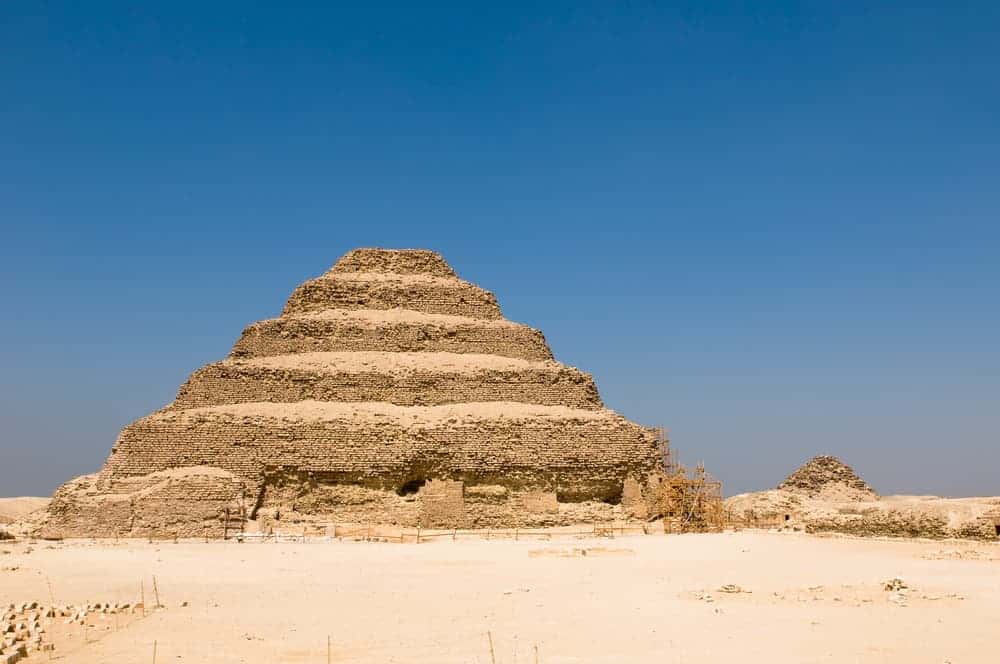
Nearby, at a site in Saqqara first made famous in 2018, researchers have all but wrapped up the details of what turned out to be the biggest find in funerary science in ages: the discovery of a complete, underground mummification workshop. In a location abandoned since the 1800s (in favor of what seemed to be more promising opportunities elsewhere), the Egyptian and German excavation team expected to find a burial chamber at the bottom of the 40-foot-deep shaft they were digging out. But after hauling out over 40 tons of earth, sand, and rubble—as well as almost-countless fragments of pottery, all assiduously collected and cataloged—the researchers instead found a large, open room with what amounted to stone-cut ventilation shafts and drainage tunnels.
Now, two years of thorough analysis of the assorted pottery shards—along with some professional-level puzzle-solving—have yielded astonishing results. Hundreds of reassembled ceramic vessels, complete with inscribed labels detailing their contents and uses, now lay the buried secrets of the place bare: this mummification studio was once the center of an extensive, multi-faceted burial industry offering everything from embalming to long-term afterlife maintenance—a veritable funeral home for the ancient Egyptians of once-mighty Memphis.
Just steps away from the first shaft, a second and deeper shaft was also recently found, full of evidence of the mortuary practice performed just next door. Here, a complex of six tombs hosted over 50 mummies in various echelons of eternal rest—from those entombed in massive stone sarcophagi and adorned with gilded funerary masks to those wrapped lightly in linen cloth and placed in wooden coffins.
A Treasure Chest in Luxor
Adjacent to the burial ground of Deir el-Bahari in the West Bank of Luxor (famously home to the mortuary temples of Hatshepsut, Mentuhotep II, and Thutmose III) is the curious Royal Cache of the Theban necropolis—a secondary burial haven of over 50 royal mummies from various dynasties of the New Kingdom. Moved here en masse around 1077 BC by Ramesses XI to safeguard them from pillaging grave robbers, most of the royal occupants can be connected to their original (and largely looted) tombs in the Valley of the Kings. Not the case for Thutmose II, brother of Hatshepsut—though the 18th Dynasty pharaoh’s mummy was found in the Royal Cache, the location of his original tomb remains the subject of much scholarly speculation.
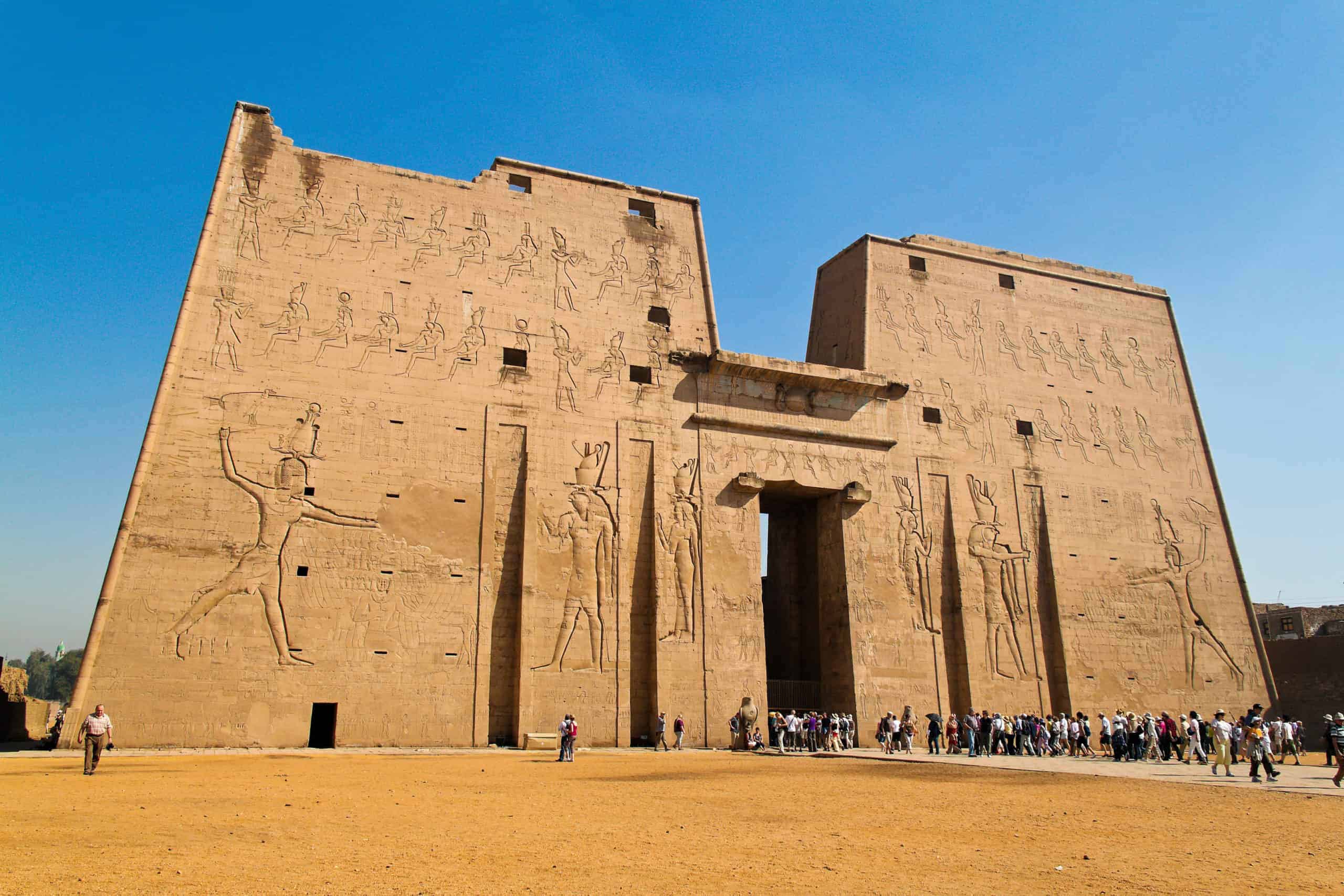
A March 2020 discovery of a stone chest by an archaeology team from the University of Warsaw may put an end to those debates. Small and initially unassuming, the chest was found beside the temple of Thutmose III in the Valley of the Kings in Luxor, and contains within it linen-wrapped items of religious and royal significance—most notably, a small wooden trinket box inscribed with the name of Thutmose II. Given the auspicious location of the find, the research team is convinced that the discovery of Thutmose II’s original burial tomb is only a matter of time.
Masks for Multiple Reasons
As soothing as it is to escape from the topic of COVID-19 for even a few pages of reading, we do want to offer up some assurances that the industrious Egyptologists working in the field are taking care of themselves. Researchers report that even in the often-cramped conditions of archaeological digs, they are mindfully practicing social distancing wherever possible and wearing masks constantly—for the excessive dust as much as anything else. Whether or not the masks will protect against superstitious curses is another story altogether.
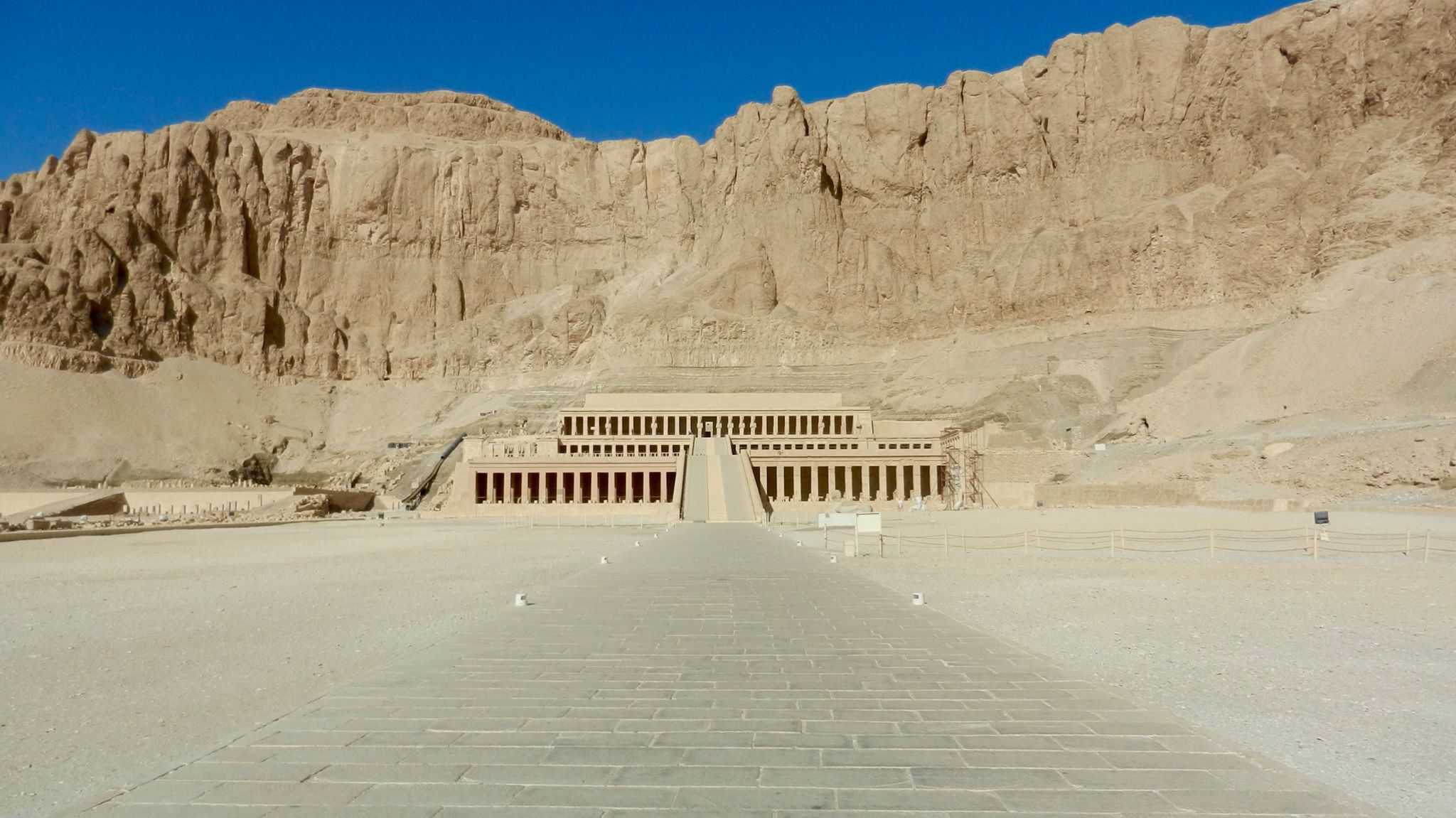
Will your guided tour of Egypt take you to any of these exciting places of archaeology in the future? Will you see the recovered artifacts from this article in person in an Egyptian museum one day? Time will tell—until then, stay safe, and happy travel dreaming!

